## Where Pixels Meet Passion: UC Santa Barbara’s Media Arts and Technology Show Blows the Lid Off Innovation
Forget stuffy art galleries and sterile tech labs. Imagine a space where interactive sculptures pulse with code, where games bleed into performance art, and where the line between reality and virtuality blurs before your eyes. That’s the magic of UC Santa Barbara’s annual Media Arts and Technology (MAT) End-of-Year Show, a mind-bending celebration of where art and engineering collide.
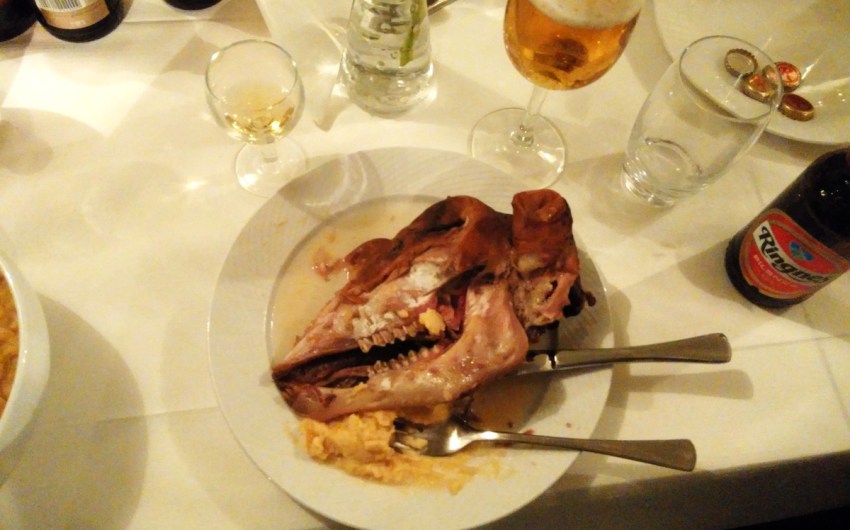
Beyond the Tool: Technology as a Co-Conspirator in Artistic Expression
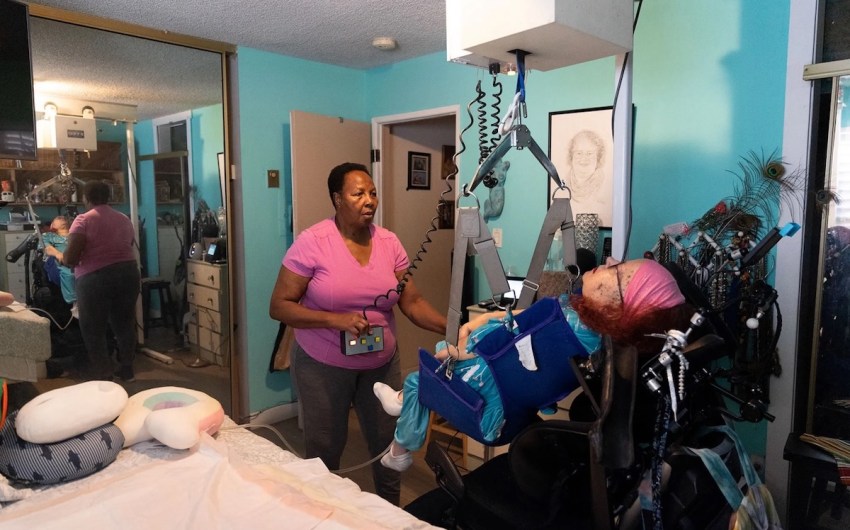
The intersection of art and technology has always been a fertile ground for innovation, but the UCSB Media Arts and Technology (MAT) program’s annual “Deep Cuts” exhibition takes this fusion to a new level. This year’s showcase, featuring work by graduate students in the program, transcends the simple application of technology as a tool. It positions technology as an active participant in the creative process, a “co-conspirator” in exploring the boundaries of artistic expression.
This shift in perspective is evident in the exhibition’s title itself: “Deep Cuts.” The curators use the term to highlight both the often overlooked brilliance of emerging artists and the critical need for continued support for interdisciplinary programs like MAT. The show aims to “surface what’s often unseen: the quietly radical, the structurally complex, the playfully subversive,” revealing the depth and breadth of creative possibilities when technology and art collaborate.
Highlighting the Program’s Approach: MAD AIM and the Future of Media
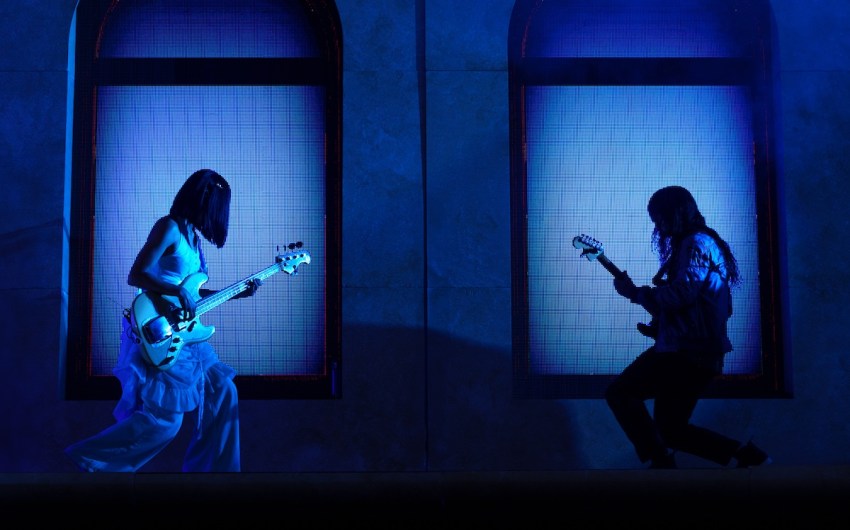
The “Deep Cuts” exhibition is a testament to the MAT program’s unique approach, encapsulated in its MAD AIM initiative. MAD AIM stands for Media Arts and Design and AI + Media, reflecting the program’s commitment to exploring the transformative potential of artificial intelligence and its integration into the creative process.
This interdisciplinary program, housed within UCSB, fosters a collaborative environment where students from diverse backgrounds – engineering, the humanities, the sciences, and the arts – come together to push the boundaries of media creation and innovation. The “Deep Cuts” exhibition serves as a platform for showcasing the culmination of this interdisciplinary learning, highlighting the program’s unique strength in bridging the gap between technical expertise and artistic vision.
Case Studies: Examples of Innovative Projects
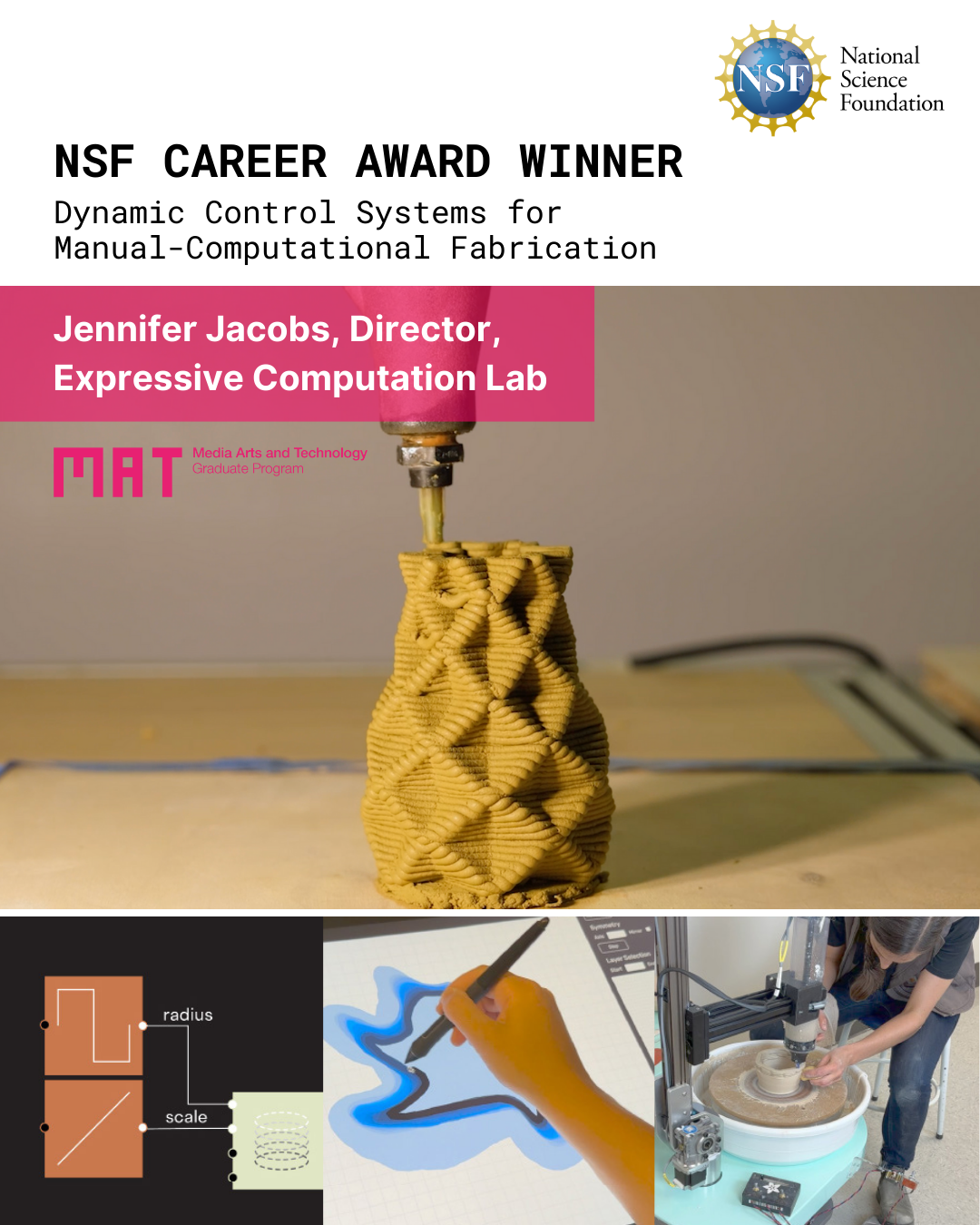
The “Deep Cuts” exhibition features a range of innovative projects that exemplify the power of this fusion. One such project is “Data, Vision, and Perception,” a thesis that delves into the realm of experiential AI. This research explores how visual AI can be designed not only for technical proficiency but also for perceptual meaningfulness and social intelligibility.
Through two case studies, the thesis demonstrates the potential for user engagement with the inner workings of AI. The first case focuses on visualizing the representational structures within neural networks as spatial environments, enabling intuitive understanding of how visual features are processed. The second introduces gaze-informed conditioning techniques for generative systems, utilizing user gaze patterns to guide and refine image synthesis.
These investigations highlight the growing field of explainable AI, emphasizing the importance of transparency and user interpretation in AI-driven systems. By making the “black box” of AI more accessible, these projects pave the way for a future where AI tools empower creativity, foster insight, and build trust.
Impact and Implications: The Future of Art and Technology
Making AI Accessible: Democratizing Technology Through Art
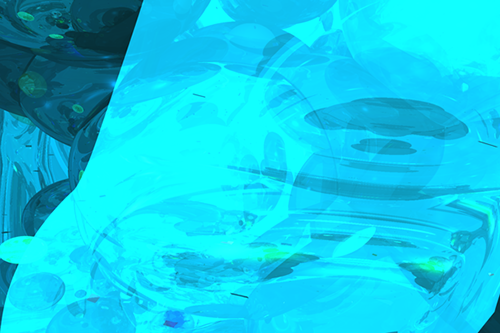
The “Deep Cuts” exhibition underscores the potential of art to democratize access to cutting-edge technologies like AI. By showcasing projects that make AI concepts tangible and engaging, the exhibition challenges the perception of AI as an exclusive domain for technical experts.
Through interactive installations, immersive experiences, and accessible demonstrations, the exhibition empowers a wider audience to engage with AI, fostering a deeper understanding of its capabilities and implications. This democratization of technology can empower individuals and communities to leverage AI for creative expression, problem-solving, and social impact.
Bridging the Gap: How This Exhibition Fosters Understanding
The “Deep Cuts” exhibition serves as a vital bridge between the worlds of art and technology, fostering dialogue and collaboration between disciplines. By showcasing projects that blur the lines between these fields, the exhibition challenges conventional notions of what constitutes art and technology, encouraging a more inclusive and expansive understanding of both.
The exhibition also highlights the importance of interdisciplinary collaboration in addressing complex societal challenges. By bringing together artists, engineers, researchers, and the community, the exhibition creates a space for shared learning, innovation, and the exploration of new creative possibilities.
The Role of “Deep Cuts” in Shaping the Future of Interactive Media
The “Deep Cuts” exhibition title reflects a commitment to uncovering hidden gems and pushing the boundaries of interactive media. The showcased projects explore innovative approaches to user interaction, incorporating elements of AI, robotics, data visualization, and physical computing to create engaging and thought-provoking experiences.
These explorations contribute to the ongoing evolution of interactive media, paving the way for more immersive, responsive, and personalized experiences. By highlighting these emerging trends, the exhibition serves as a glimpse into the future of media creation, where technology and art converge to create transformative and impactful experiences.
Conclusion
The UC Santa Barbara Media Arts and Technology End-of-Year Show was more than just a display of student talent; it was a testament to the transformative power of merging art and engineering. Through interactive installations, immersive experiences, and cutting-edge technology, the students showcased the boundless possibilities that arise when creativity and innovation collide. From exploring the intersection of artificial intelligence and human expression to pushing the boundaries of virtual reality storytelling, the show highlighted the crucial role that this interdisciplinary approach plays in shaping the future of media and technology. The implications of this fusion are profound. As technology continues to evolve at an unprecedented pace, it is vital that we develop empathetic and creative solutions that address the complex challenges facing humanity. By fostering a culture of collaboration between artists and engineers, we can unlock new avenues for innovation and create a more inclusive and equitable future. This exhibition served as a powerful reminder that the future of technology should not be solely driven by technical advancements but should also be guided by artistic vision and human values. The students of UCSB’s Media Arts and Technology program have shown us that the most impactful innovations are born at the intersection of imagination and ingenuity.
